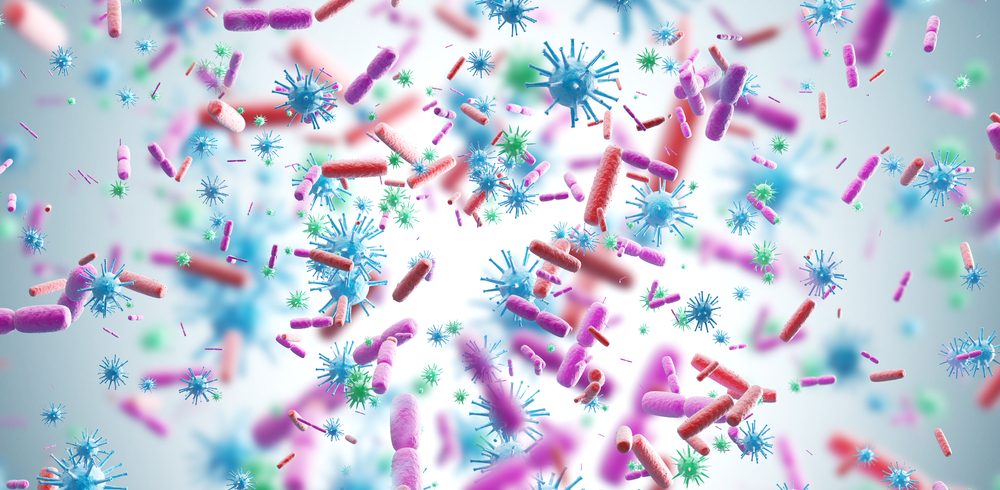Eurofins Food Testing UK is to offer clients same-day confirmation of results for pathogens following major investment in new, state-of-the-art technology in micro-organism identification.
The multimillion pound, international group of laboratories currently employees over 22,000 people and boasts over 225 laboratories across 39 different countries. 11 of the those are situated in the UK, the newest â a purpose-built, 5,000 sq ft testing facility on the Sutton Fields Estate, Hull. With regular investment and a world-leading position in research and development, the organisation offers more than 130,000 analysis and testing services â each validated to support industries including: pharmaceutical, food, environmental and government.
The latest technique to be developed and perfected by the firm is a form of Mass Spectrometry (MS), a technique capable of distinguishing ions according to their mass/charge ratio. Involving a complex process of ionisation with the targeted use of electrons, MS provides technicians a detailed look at the mass-based chemical composition of sample – whether itâs pure of a complex mixture.
Following those fundamental principles and enhancing them further, Eurofins has developed MALDI-TOF or, Matrix Assisted Laser Desorption Ionization â Time of Flight. The MALDI-TOF biotyper can identify anything from bacteria, yeast and mould to multi-cellular fungi. Previously, an accurate study or test for multi-cellular fungi was unavailable owing to its unstable properties and susceptibility to cultural conditions.
The pioneering MS technology will allow the company to identify potentially harmful organisms associated with food safety and spoilage as a result of their unique molecular make-up. MALDI-TOF will therefore increase the speed at which clients can be notified of the results. It will also alleviate dependence on presumptive results thus alleviate the time and concern associated with false positives.
Eurofins is hoping to achieve achieve ISO 17025 accreditation for the new MS technique this year. At final certification, the technique is promised to bring greater accuracy to the pharmaceutical and food sectors, as well as drastically speeding up the pace at which precision can be achieved.















